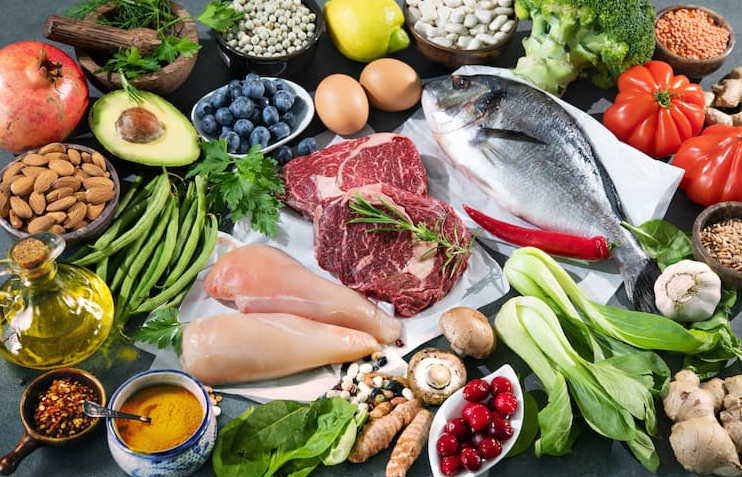
Understanding the distinction between potentially hazardous foods (PHFs) and time/temperature control for safety (TCS) foods is critical in food safety management. While many items require specific storage conditions to mitigate bacterial growth, there exists a category of foods that are inherently stable and safe without refrigeration. Identifying which foods fall outside the PHF/TCS classification can significantly impact food safety practices and inventory management. As we explore this topic further, the implications of these classifications on food handling and safety protocols will become increasingly evident.
Understanding PHFs and TCS Foods
Although the terms Potentially Hazardous Foods (PHFs) and Time/Temperature Control for Safety (TCS) foods are often used interchangeably in the food safety industry, they have distinct meanings that are critical for understanding food safety protocols.

PHFs require strict temperature control to prevent bacterial growth, while TCS foods encompass a broader category, emphasizing the importance of maintaining safe food temperatures to mitigate risks.
Read also: Beautiful:2ncrmtax3ve= Island
Common Examples of PHFs
When considering food safety, it is crucial to identify common examples of Potentially Hazardous Foods (PHFs) that require vigilant temperature control to prevent foodborne illnesses.
These include meat, poultry, dairy products, and seafood.
Proper cooking techniques and food storage practices are essential in maintaining food safety, as they minimize the risk of pathogens proliferating in these sensitive food categories.
Common Examples of TCS Foods
TCS (Time/Temperature Control for Safety) foods encompass a broad range of items that require careful attention to temperature and time to prevent the growth of harmful microorganisms.
Common examples include dairy products, cooked meats, eggs, seafood, and cut fruits.
Effective temperature control is essential for maintaining food safety, as improper handling can lead to foodborne illnesses, jeopardizing consumer health and well-being.
Read also: Beautiful:1_Rb7lyg_Jm= Germany
Identifying Non-PHF/TCS Foods
Non-PHF/TCS foods, often referred to as shelf-stable items, do not require strict temperature controls to prevent microbial growth.
These foods, such as canned goods and dried fruits, provide significant nutritional benefits while facilitating efficient food storage.
Conclusion
In the grand theater of food safety, non-PHF/TCS foods take center stage, showcasing their resilience against the perils of bacterial invasion. While the PHFs and TCS foods engage in a dramatic dance of refrigeration and temperature control, the humble canned goods and dried fruits remain stoic, enduring without the need for constant vigilance. Truly, these shelf-stable heroes, with their unassuming nature, remind us that not all foods require the pampering of chill or heat to thrive, yet they deserve our respect nonetheless.


